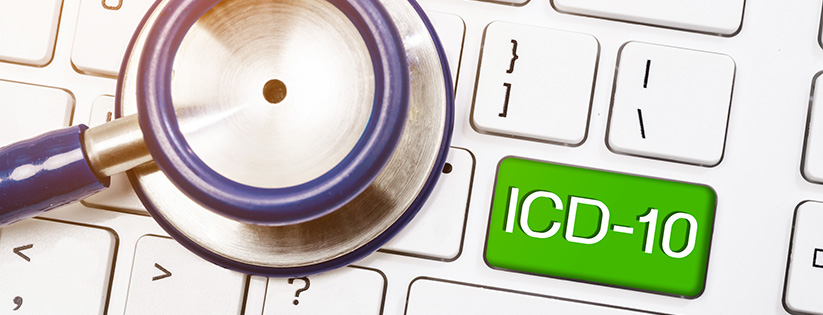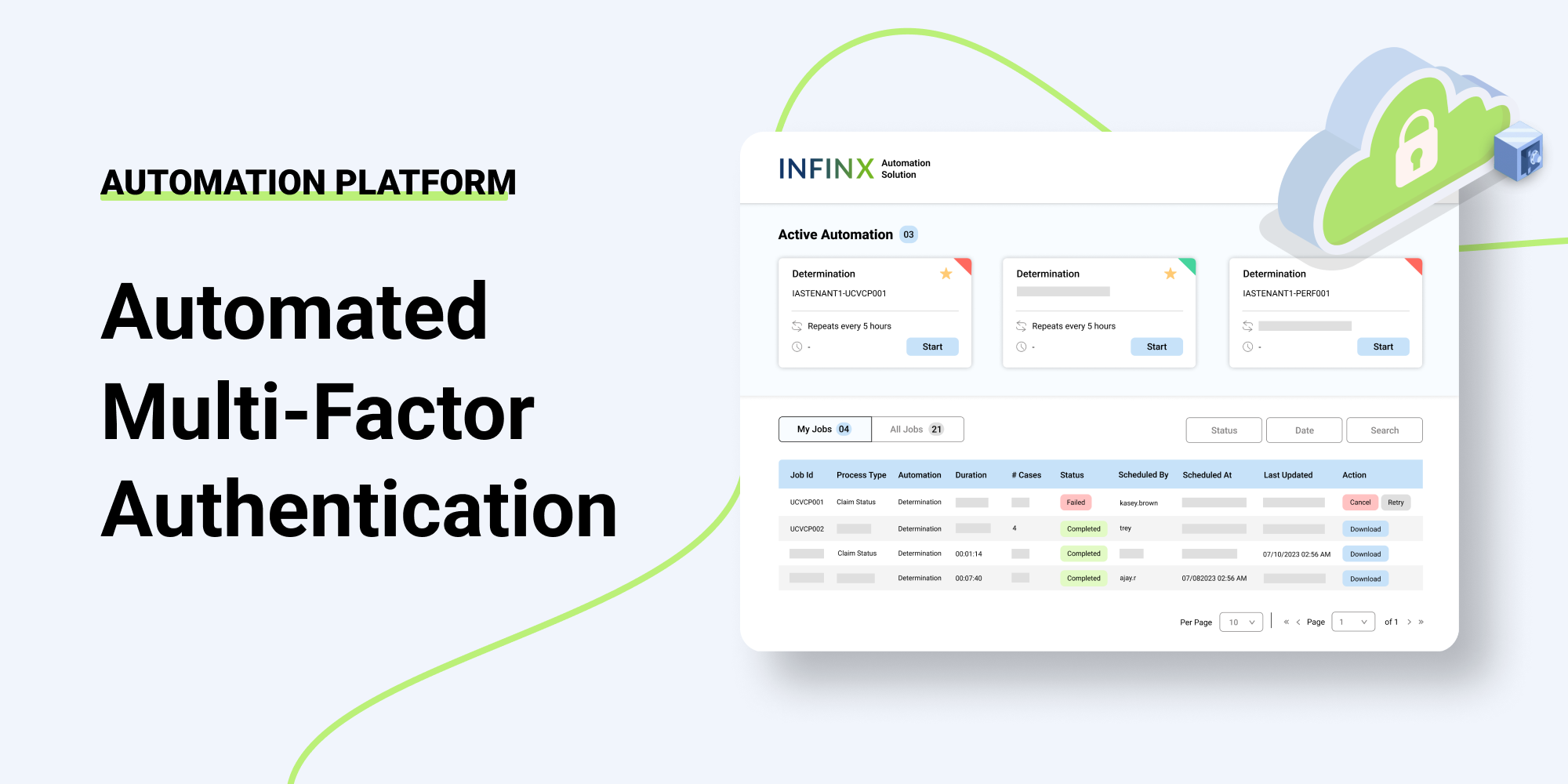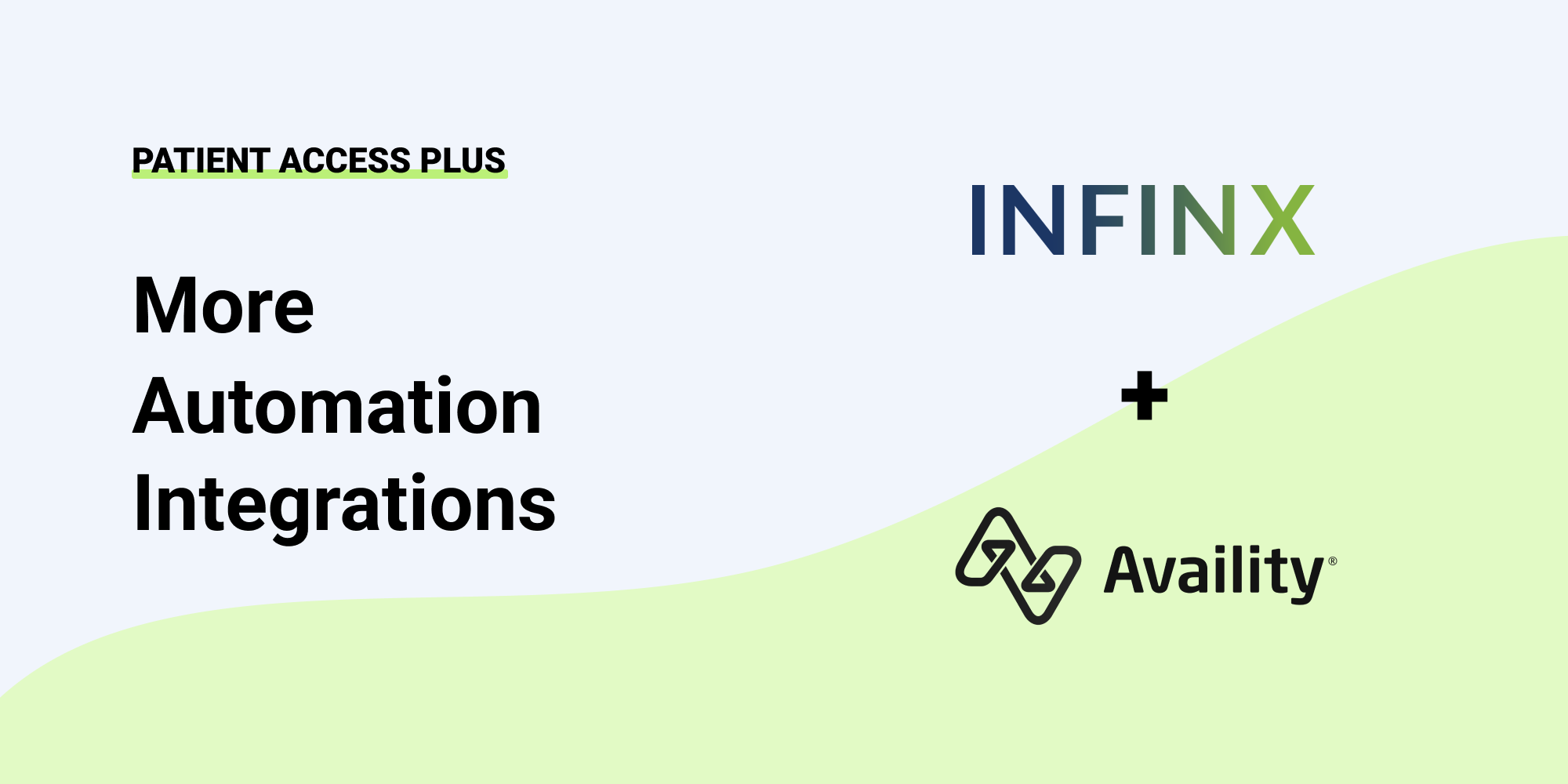Since its release in October 2015 and the myriad subsequent changes and updates, ICD-10 Coding presents a multifaceted and intricate set of issues, especially for a specialty that utilizes different care venues (offices, hospitals, out-patient surgery centers) and complex diagnoses and procedure options. The balancing act of capturing charges and documentation between locations during a typical day requires juggling talents not mentioned in advanced medical training.
You want to deliver outstanding care and service to your patients and ensure your billing team is capturing the maximum allowable reimbursement for each visit and procedure. Without a doubt, reimbursement today is as complex and complicated as ever with the compounding factors of increased patient financial responsibility and high deductible health plans.
Increase Your ICD-10 Coding Accuracy in Cardiology
- A paramount challenge in healthcare, and specifically, cardiology is staying up to date on coding with ICD-10CM and PCS, CPT, and HCPCS codes through education and knowledge building including:
- National and state cardiology societies, including the American College of Cardiology, which is an outstanding source of cardiology-related coding changes and updates.
- Centers for Medicare & Medicaid Services (CMS), part of the US Department of Health and Human Services, is a major voice since the implementation of ICD-10 and has become one of the go-to resources for coding questions.
- Webinars and audio conferences, many of which are free or at a small cost.
- Networking with fellow coding enthusiasts – it’s always good to have someone you can call with a quandary.
- Minimize human error and careless keying mistakes that can drastically affect reimbursement by implementing an accountability structure that rewards cardiology coding accuracy. Better yet, consider a third-party partner with dedicated experts that ensure precise coding as well as clear-cut reporting and compliance.
- Whether you utilize the skills of a supporting coding partner or code in-house, ensure medical documentation is not only present but accurate and complete with every patient encounter. Payers request this information and will deny claims based on inaccurate, untimely receipt of documentation so be sure to include the following:
- Procedures performed elaborating on medical necessity and level of care requirements,
- Physician or APP’s involvement in patient care and level of service performed,
- Tests ordered and corresponding results with treatment prescribed,
- Billable supplies and equipment used throughout patient treatment,
- Referrals, both incoming and outgoing, and
- Prior authorizations for all procedures and treatment as required by the patient’s insurance provider.
- Capture commonly missed tests that are billable or support treatment/diagnosis decisions, i.e., EKG’s, pulmonary tests, medication administration, and services provided outside the office.
- The CMS-granted grace period for ICD-10 transitioning ended long ago, but non-specific documentation and miscoding is still a problem in many practices. Code to the highest degree of specificity and code to the diagnosis and not necessarily symptoms, such as angina vs. chest pain or systolic CHF vs. CHF, unspecified.
- Design and implement a review and audit of your documentation and coding process. Not only does this suggest areas for improvement, which directly affect your bottom line, but it also ensures compliance with government regulations and contractual insurance payer obligations.
- Make sharing knowledge and training as it becomes available a core foundation of your practice operations. Everyone impacted should participate in comprehensive opportunities to improve the quality of your coding and documentation program and feel a personal investment.
Today, it’s imperative to accentuate the process of coding and billing to achieve accuracy and maximize the shrinking healthcare dollar. While no one enjoys complying with the constraints placed on their practices by insurance carriers and governmental agencies, it is required. It should be approached with the result in mind – fully capturing revenue due!
If your cardiology practice is burdened by the ongoing education- and personnel-related issues that arise with developing and maintaining a strong coding department, consider enlisting a third-party partner. A trusted outside team can absorb the workflow efficiently and code thoroughly to maximize reimbursement.
Learn more about cardiology coding solutions and third-party partner options.


